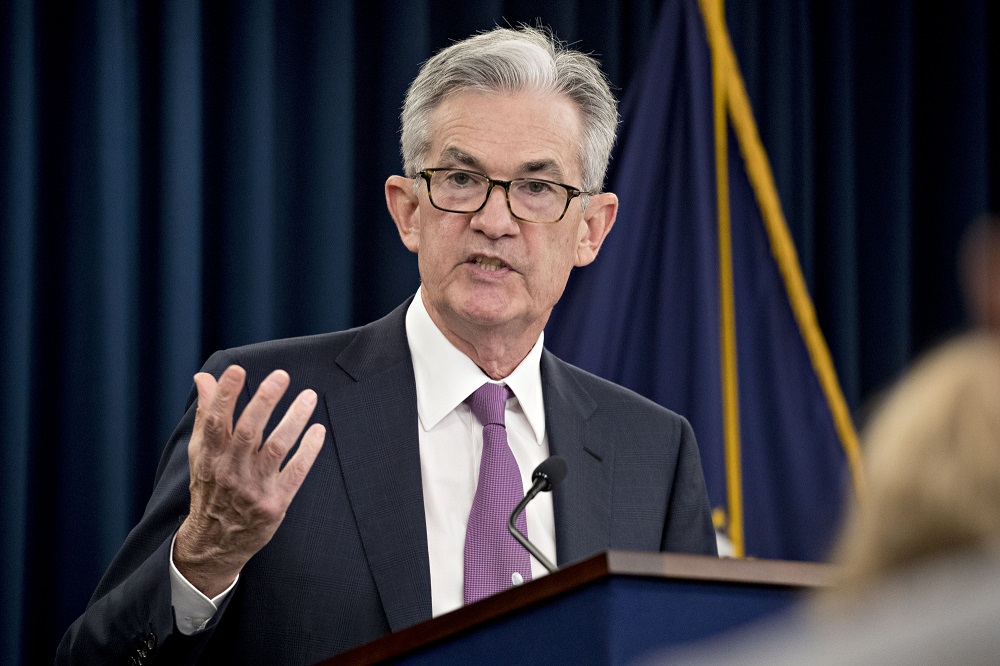More pain for US economy
FED Chair Powell says that the US will experience “pain” in reducing inflation to target.

US economy will experience “pain” in reducing inflation to target.
>> A new impetus to the U.S dollar strength
Usually, this pain is most acutely felt by those that lose their jobs, but the FED is predicting hardly any rise in unemployment. We mention this because a recent paper from a Brookings conference suggested that unemployment will have to rise to 7.5% to bring inflation back to target by 2024, and not the meagre 4.1% rate that FOMC members seem to believe. We have to say that we are far more aligned with this view than the one espoused by the Fed and, if we are right about this, it could have important implications for how the Fed runs its policy and how financial markets react.
At a very simplistic level, we know that the Philips curve (the curve that shows the ‘relationship’ between inflation and unemployment) has flattened in the US and many other places. Indeed, the fact that it seemed possible to drive the unemployment rate down to very low levels and suffer no significant rise in inflation was one of the great mysteries of recent decades and led the Fed, and others to adjust their monetary strategies to deal with this new situation.
We often used to hear the Fed say that it could afford to run the economy hot (meaning with a very low level of unemployment) because the Philips curve was so flat. But what helped when inflation was low may now hinder given that inflation is so high.
In other words, the problem now is that it will take a very big rise in unemployment to produce even modest reductions in inflation if the Philips curve stays so flat. Of course, there will be some mechanical fall in inflation as things like base effects from energy price increases reduce annual inflation and supply chain tensions ease.
As far as wages are concerned, which are the bedrock of the Philips curve analysis, it seems pressure here will remain elevated – and hence so too prices unless firms are willing to trim profit margins significantly, which we doubt. On wages, the Fed puts lots of emphasis on the anchoring of long-term inflation expectations. It seems to assume that provided inflation expectations stay close to target wage pressure won’t rise materially over time.
However, wage setting does not just depend on inflation expectations; it also depends on the state of the labour market. And even if long-term inflation expectations are quite close to the Fed’s target, wage pressure can still persist simply because the labour market is tight. For instance, workers will know that they can easily get new jobs at higher wage rates if the labour market is tight. That’s certainly the case right now as annual wage growth for so-called ‘job switchers’ is historically much higher than “job stayers”.
All of this leads us to feel that there are one of three paths ahead. The first is that we are wrong and the Fed is right as inflation comes down to target without the necessity of a sharp rise in the unemployment rate. But, as we all know, engineering such soft landings has largely been unachievable in the past and may be particularly hard now that the inflation rate is so high.
>> Will FED go harder with its rate hikes?
The second possibility is that the Fed has to push much harder with rate hikes to get inflation down and this creates such weakness in the economy and the labour market that the unemployment rate is forced up sharply – perhaps to 7.5%.
There is a third possibility which is that, for all its anti-inflation rhetoric, the Fed is reticent to push so hard for fear of engineering very high unemployment rates. It does not mean that the Fed presides over continued increases in inflation but, instead, accepts an inflation rate that is a bit over the target, perhaps up to 1% more. It is this sort of scenario that we think is the most likely and that will probably come at a cost of more elevated bond yields than most in the market might be anticipating over the long haul.








